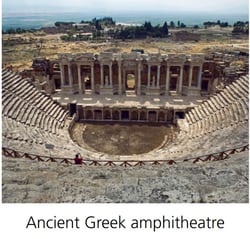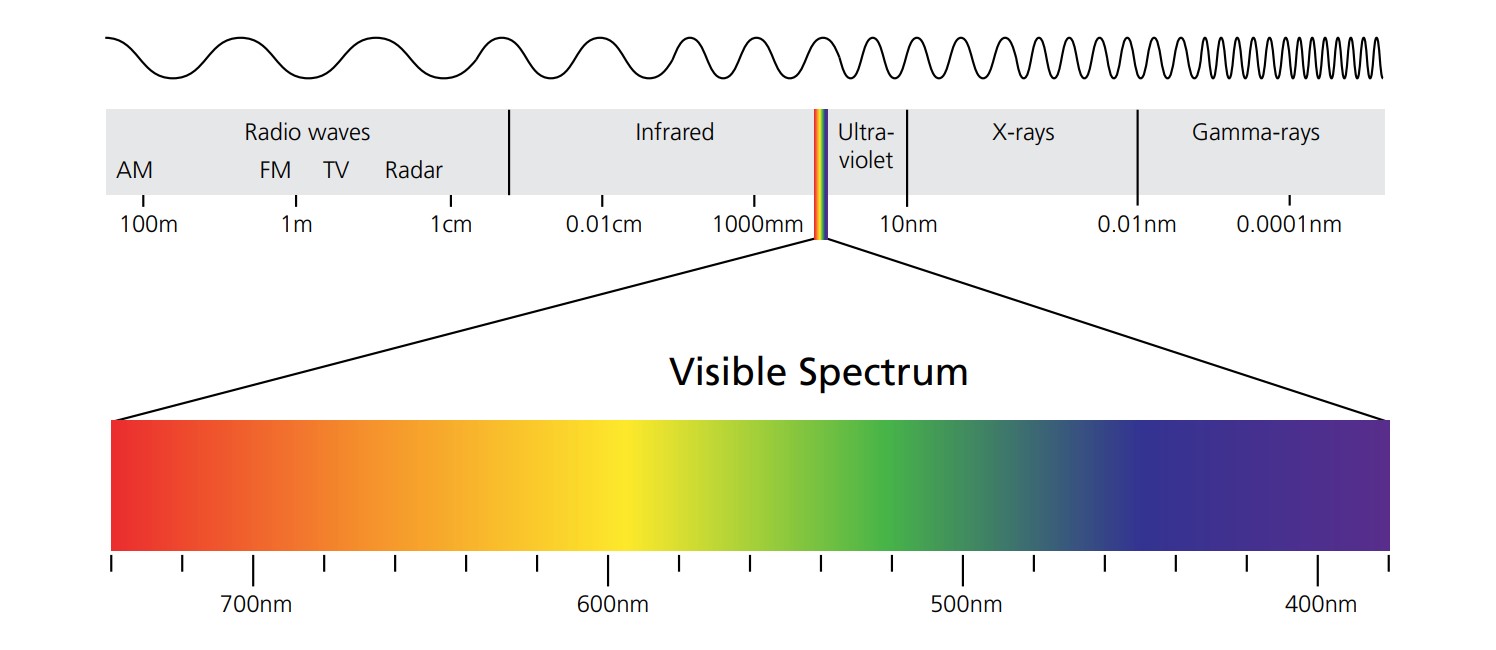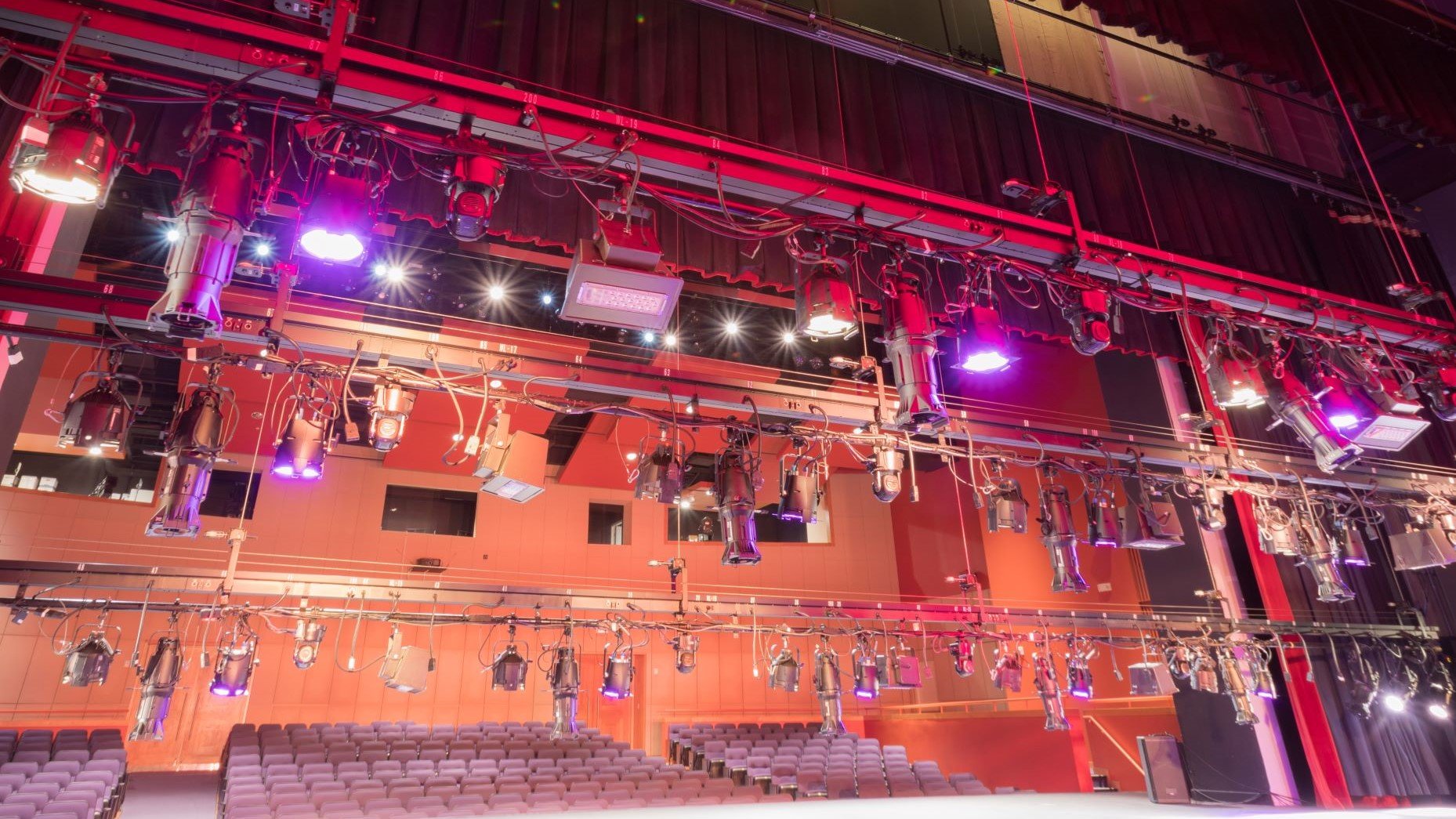Are you ready to immerse yourself in the fascinating world of stage lighting design? In this series, we'll take you on a journey through the essential aspects of lighting design, from the very basics of light and color to the technological innovations that allow you to bring your artistic vision to life.
Whether you're an aspiring lighting designer, a theatre enthusiast, or simply curious about the art, we've got you covered. So fasten your seatbelt, and get ready to embark on a thrilling adventure through the captivating world of stage lighting design!
Introduction to Lighting
 Humans are inherently storytellers. From the days when cavemen used to gather around the fire and share tales of the day’s hunt, to the elaborate spectacles of modern theatre, we have always been telling stories. Theatres have developed and evolved over time to adapt to different technologies and styles of production. As our theatres were developing, lighting systems were developing too.
Humans are inherently storytellers. From the days when cavemen used to gather around the fire and share tales of the day’s hunt, to the elaborate spectacles of modern theatre, we have always been telling stories. Theatres have developed and evolved over time to adapt to different technologies and styles of production. As our theatres were developing, lighting systems were developing too.
Early Greek theatre took place in large outdoor amphitheatres where the only source of illumination was the sun. As theatre moved indoors, new methods of lighting the performances was required, with flame (candle and gas) being some of the early technologies adopted. No matter the source, the ability to control the light has always been a requirement. Early mechanical dimming systems were developed to control the light from candles, complex valves and piping systems were developed for gas light, and the dimming of electric light has also undergone many iterations.
Since the mid 1900’s, the tungsten light bulb was the staple of theatrical lighting instruments with discharge lamps (and occasionally fluorescent and other sources) also being used. The past few years have seen a rapid development in lighting technology, with LED lighting becoming more prevalent on our stages. This has had a dramatic effect on the way we design lighting and the level of control that we now require in order to manage our lighting systems correctly.
Light and the Eye
Before we start to talk about stage lighting and the power light has in helping you to bring your show to life, it is important that we first take some time and consider how light behaves and how our eyes perceive light.
Light is the only thing that our eyes can see. When light strikes an object, whether it is sunlight, moonlight, or stage light, it is the light that object reflects that we are actually seeing. If an object does not reflect any light at all, then we see the object as being black.
This is why most theatres take a “black box” approach to the overall design of the stage – by starting with a black box, you are limiting the amount of stray light that will be reflected in the theatre. Lighting design is about the precise control of light, so having the starting point of a dark theatre on a black stage means that you have a blank canvas onto which you can start to create your lighting looks.
It is interesting to note that light and paint are in fact complete opposites of each other. As a painter, you would usually start with a blank canvas that is white. As a lighting designer (or theatre maker) your blank canvas tends to be black. Similarly, when working with color, the relationship between paint and light is inverted.
You may have heard the expression that lighting designers ‘paint with light’ and, to a certain extent, this is a good description of the process.
Light behaves predictably and understanding how light works will help you take advantage of all its properties when you are creating your show. Light is part of the Electromagnetic Spectrum – the same spectrum that also includes X-rays, gamma rays, and microwaves. Visible light occupies a very narrow portion of this spectrum. Either side of the visible light spectrum is ultraviolet light and infrared light.

Light is a form of energy and as such, the rules of energy apply. Energy is never lost; it is only converted from one form to another. In terms of stage lighting, most of the energy wasted is in the form of heat. Electrical energy is converted into light and heat, with traditional tungsten fixtures being quite inefficient, as only about 30% of the electrical energy is converted into usable light, the rest being converted to heat. LED fixtures are more efficient, and a higher percentage of the energy consumed is converted into light.
Another factor to keep in mind is the rule of reflection – angle of incidence equals the angle of reflection.
If light strikes an object at an angle of 30°, then it will reflect at the same angle. This is important to remember, as controlling where the reflected light ends up is part of the role of the lighting designer. Lighting that is reflected towards the audience will appear brighter than light which is reflected away from them.

If you found this information helpful, don't miss our blog series dedicated to the art of stage lighting design, right here:
Stage Lighting Design, Part 1: Introduction to Lighting
Stage Lighting Design, Part 2: Objectives of Lighting Design
Stage Lighting Design, Part 3: Controllable Properties of Light
Stage Lighting Design, Part 4: Types of Lights
Stage Lighting Design, Part 5: Lighting Angles
Stage Lighting Design, Part 6: Color
Stage Lighting Design, Part 7: Lighting Systems
Stage Lighting Design, Part 8: Planning Your Design
Stage Lighting Design, Part 9: Getting Technical
Stage Lighting Design: Glossary
This blog series is an adaptation of our free digital guide, Stage Lighting Design: An Introduction, based on content written by ETC Outreach and Training Specialist, Declan Randall.
We drew inspiration for this blog post from Stage Lighting Design: An Introduction. Created by ETC, with the intention of aiding theatre technology educators and students, this valuable resource is now available for all those interested in the art of lighting design. Head over to our website and get your hands on the complete digital publication of Stage Lighting Design: An Introduction and a set of complementary posters, all available for free download.


